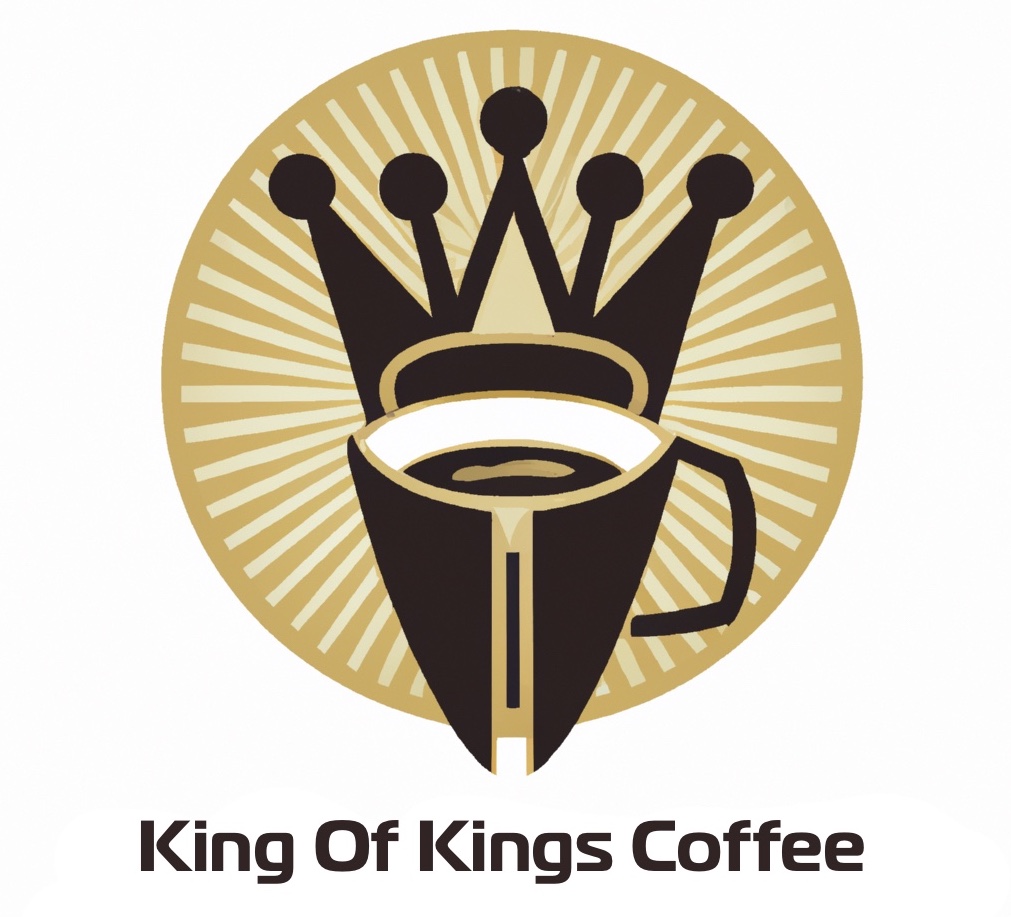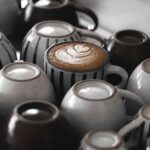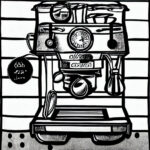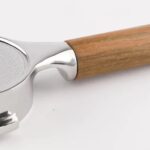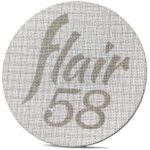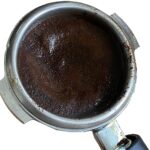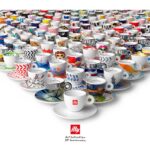Looking to dive deeper into the world of espresso? Whether you’re a beginner or a seasoned barista, this guide has got you covered! Get ready to have your top espresso questions answered as we explore everything from the history of espresso to the differences between coffee and espresso.
So, grab a cup of your favorite brew and let’s get started on our journey to becoming an espresso expert!
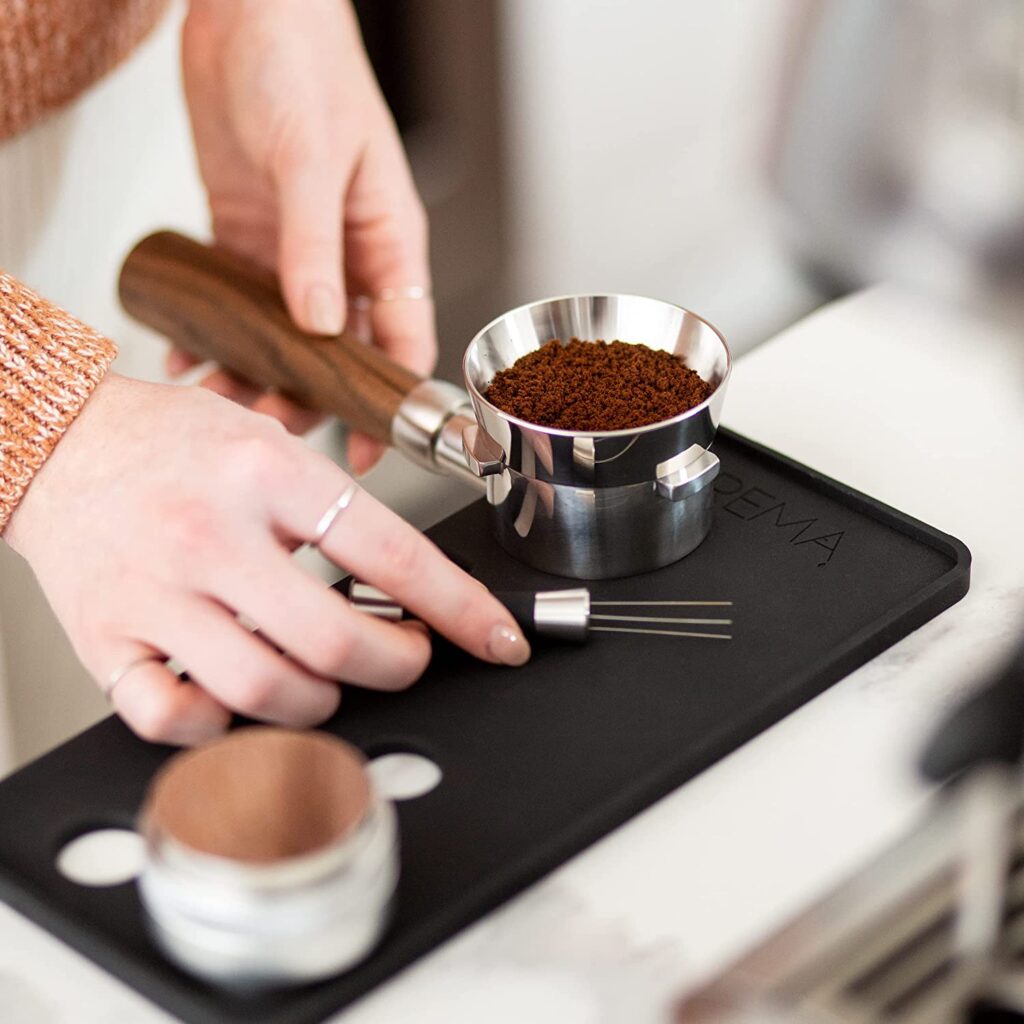
What is the difference between coffee and espresso?
The main difference between coffee and espresso is the brewing method. Coffee is brewed by steeping ground coffee beans in hot water, whereas espresso is made by forcing hot water through tightly packed, finely ground coffee beans at high pressure. This results in a concentrated shot of coffee with a rich and bold flavor.
Preparation
One of the primary differences between coffee and espresso is the method of preparation. Coffee is typically made by brewing coarsely ground coffee beans in hot water, while espresso is made by forcing hot water through tightly packed, finely ground coffee beans using an espresso machine. The high-pressure extraction process used in espresso production leads to a more concentrated and intense flavor profile than drip coffee.
Roasting
Another difference between coffee and espresso is the roast level of the beans. Espresso is typically made with darkly roasted beans, which are roasted longer to bring out the rich, bold flavor and aroma that is characteristic of espresso. In contrast, coffee beans can be roasted at varying levels of darkness, depending on the desired flavor profile.
Caffeine Content
Espresso typically has a higher caffeine content per volume than drip coffee. However, the serving size of espresso is much smaller, usually around 1-2 fluid ounces, compared to a typical serving of coffee, which is around 8 fluid ounces. As a result, a typical serving of coffee contains more caffeine than a shot of espresso.
Serving Style: Espresso is typically served as a single or double shot, either on its own or as the base for other espresso-based drinks like lattes and cappuccinos. Coffee, on the other hand, is often consumed in larger quantities and served with milk, cream, sugar, or other flavorings.
Taste
The taste of coffee and espresso also differs. Coffee tends to have a milder flavor and a more balanced acidity, while espresso has a bolder, richer, and more complex flavor profile with a crema on top, which is a layer of emulsified oils and proteins produced by the high-pressure extraction process.
In conclusion, while coffee and espresso share similarities as caffeinated beverages, they are quite different in terms of preparation, roast level, caffeine content, serving style, and taste. Understanding the differences between the two can help you decide which one to order or make depending on your preferences and needs.
Espresso Bonus
Are you tired of spending a fortune on cafe-style espresso drinks? Look no further!
Our guide to brewing the perfect cup of espresso will teach you everything you need to know to make delicious espresso drinks right in your own home. With tips on choosing the right beans, equipment, and techniques, you’ll be crafting your own cafe-quality drinks in no time.
Check out our Espresso Brewing Guide now so you too can become your own barista and start enjoying delicious espresso without breaking the bank!
Why Is Espresso So Expensive?
If you are a Starbucks lover, you already know how expensive an espresso can be.
There are several reasons why espresso can be more expensive than regular coffee. One reason is that espresso machines are typically more expensive than drip coffee makers. Additionally, the coffee beans used to make espresso are often of a higher quality and are roasted differently than coffee beans used for regular coffee.
What Kind of Espresso Machine Does Starbucks Use?
Starbucks is a coffee giant and has played a significant role in shaping the coffee industry. One of the company’s secrets to success is its use of high-quality espresso machines. Starbucks uses different models of espresso machines, depending on the location and customer demand.
One of the most common espresso machines used in Starbucks stores is the Mastrena espresso machines by Thermoplan AG. Mastrena High-Performance Espresso Machine, which was introduced in 2008. The Mastrena is a fully automatic machine that is designed to handle the high volume of espresso orders at Starbucks. It can produce up to 240 shots of espresso per hour and has a built-in grinder and milk frother.
The Mastrena was developed by Starbucks in partnership with the Italian espresso machine manufacturer, Thermoplan AG. It is specifically designed for Starbucks and is not available for purchase by the general public. The machine’s sleek and modern design fits well with the company’s brand image, and its reliability and consistency ensure that customers receive a high-quality espresso every time.
In addition to the Mastrena, Starbucks also uses the Verismo System, a single-serve espresso machine that uses pre-packaged coffee pods. The Verismo System is more convenient and easy to use than traditional espresso machines, making it ideal for customers who want a quick and easy espresso on the go.
Starbucks also uses a variety of other espresso machines in their stores, such as the La Marzocco Linea, the Rancilio Classe 10, and the Nuova Simonelli Aurelia II. These machines are used in specific locations where the demand for espresso is higher than average, and where the company wants to offer a more premium espresso experience.
What Are Some Common Espresso Terminologies?
Espresso is not just a coffee beverage, it’s a cultural phenomenon. It’s the fuel that gets us through the day and the elixir that brings us together. But for newcomers, the world of espresso can seem like a foreign language, with unfamiliar terms and expressions.
Fear not, my caffeinated friend, for we are here to guide you through the maze of espresso terminologies. From beans to shots, from milk to crema, we’ll unravel the mysteries of espresso and show you how to speak the language of the coffee cognoscenti.
So, put on your barista hat, grab your favorite espresso cup, and let’s dive in!
Barista
A barista is a person who is professionally trained in the art of making coffee and espresso-based beverages. A skilled barista has a deep understanding of coffee, including the various types of beans, roasts, and brewing methods.
They are knowledgeable about the different types of espresso machines and grinders, and can expertly pull a perfect shot of espresso. In addition to technical skills, a barista must also possess strong customer service skills, as they often work in coffee shops and interact with customers on a daily basis.
Overall, a barista is someone who is passionate about coffee and takes pride in creating high-quality drinks for their customers.
Crema
Crema is a creamy layer of foam that forms on top of a shot of espresso. It is created by the pressurized hot water passing through the coffee grounds and mixing with oils and proteins in the coffee.
Dosing Funnel
An espresso dosing funnel, also known as a portafilter funnel or a coffee funnel, is a small funnel-shaped device that is used to make it easier to fill the portafilter basket with ground coffee. It’s designed to fit over the top of the portafilter and guide the coffee grounds directly into the basket, without spilling or wasting any coffee.
Dosing funnels are commonly used in commercial espresso machines, where baristas need to prepare multiple shots of espresso quickly and accurately. By using a dosing funnel, they can ensure that the correct amount of coffee is added to each shot, and that the grounds are distributed evenly in the basket. This helps to ensure consistent extraction and a high-quality espresso.
Dosing funnels are also popular among home baristas, who may use them to improve their espresso-making process and reduce waste. They can be made from a variety of materials, including stainless steel, plastic, or silicone, and are typically inexpensive and easy to clean.
Double | Double Shot of Espresso
A double shot of espresso is the same as a single shot, but with twice the amount of ground coffee and water. It typically contains 2 ounces of liquid.
Double Boiler Espresso Machine
A double boiler espresso machine is a type of espresso machine that has two separate boilers – one for brewing espresso and one for steaming milk. The brewing boiler is used to heat water to the temperature required for brewing espresso, while the steaming boiler is used to heat water to a higher temperature for steaming milk.
The advantage of a double boiler espresso machine is that it allows the user to brew espresso and steam milk simultaneously, without having to wait for the machine to heat up or cool down between tasks. This is because the two boilers can operate independently of each other, which means that the user can switch between brewing and steaming without any delay.
Another advantage of a double boiler machine is that it offers greater temperature stability, which is essential for brewing high-quality espresso. Since the brewing boiler is dedicated solely to brewing espresso, it can maintain a consistent temperature without being affected by the demands of the steaming boiler. This means that the user can achieve a precise and consistent extraction, which is essential for creating a great-tasting espresso.
Double boiler machines are often favored by professional baristas and espresso enthusiasts because they offer a high level of control over the brewing process. However, they are generally more expensive and more complex than other types of espresso machines, and may require some skill and practice to use effectively.
Group Head
The group head is the part of the espresso machine where the water is dispensed to make the espresso shot. It typically has a metal filter basket where the ground coffee is placed and a portafilter that attaches to the machine.
Heat Exchanger Espresso Machine
A heat exchanger espresso machine is a type of espresso machine that uses a single boiler to heat water to brewing temperature, and a separate heat exchanger to deliver water to the group head at the correct temperature for brewing espresso. The heat exchanger is a tube that runs through the boiler, which allows water to be heated in the boiler while at the same time being kept separate from the boiler water.
The advantage of a heat exchanger espresso machine is that it allows the user to brew espresso and steam milk at the same time, without having to wait for the machine to heat up or cool down between tasks. This is because the steam wand is typically attached to the boiler, which means that it can be used to heat milk or water to steam temperature while the heat exchanger is being used to brew espresso.
Heat exchanger machines are popular among professional baristas and espresso enthusiasts because they offer a high level of temperature stability, which is essential for brewing high-quality espresso. They are also relatively easy to maintain and are generally less expensive than other types of espresso machines, such as dual boiler machines. However, it’s important to note that heat exchanger machines require some skill to use, and may not be the best choice for beginners or those who prefer a simpler brewing process.
Milk Frother
A milk frother for espresso is a device that heats and froths milk to add to espresso-based drinks, such as cappuccinos and lattes. There are various types of milk frothers, including handheld frothers, automatic frothers, and steam wand frothers.
PID
A PID (Proportional Integral Derivative) is a type of temperature controller that allows for precise temperature regulation in an espresso machine. It helps ensure that the water temperature stays consistent, which is essential for making a perfect shot of espresso.
Portafilter
The portafilter is a metal basket that holds the coffee grounds and is attached to the espresso machine. It is where the hot water is forced through to create a shot of espresso.
Uncover the differences between 58mm and 54mm portafilters and discover which size is right for your espresso machine. Read our 58mm vs 54mm portafilters guide now!
Puck | Espresso Puck
An espresso puck is a tightly packed puck-shaped mass of ground coffee that is used to make a shot of espresso. The espresso puck is created by filling the portafilter of an espresso machine with a predetermined amount of finely ground coffee, and then tamping it down using a tamper, which compresses the coffee and creates a dense, compact puck.
The espresso puck is an essential element in the process of making espresso, as it ensures that the water is forced to flow through the coffee grounds evenly and at the correct pressure, resulting in a consistent and high-quality shot of espresso. The size, consistency, and density of the espresso puck are all important factors in determining the quality of the resulting espresso shot, and baristas will often spend years perfecting their technique to achieve the perfect puck. Once the puck is prepared, it is inserted into the espresso machine, where hot water is forced through it under high pressure, resulting in a concentrated shot of espresso.
Puck Screen | Espresso Puck Screen
An espresso puck screen is a tool used in the process of making espresso. It is a small, flat disc made of metal or plastic that is placed on top of the coffee grounds in the portafilter. The purpose of the puck screen is to distribute the coffee grounds evenly and to ensure that they are packed tightly and uniformly, which helps to improve the quality and consistency of the espresso shot.
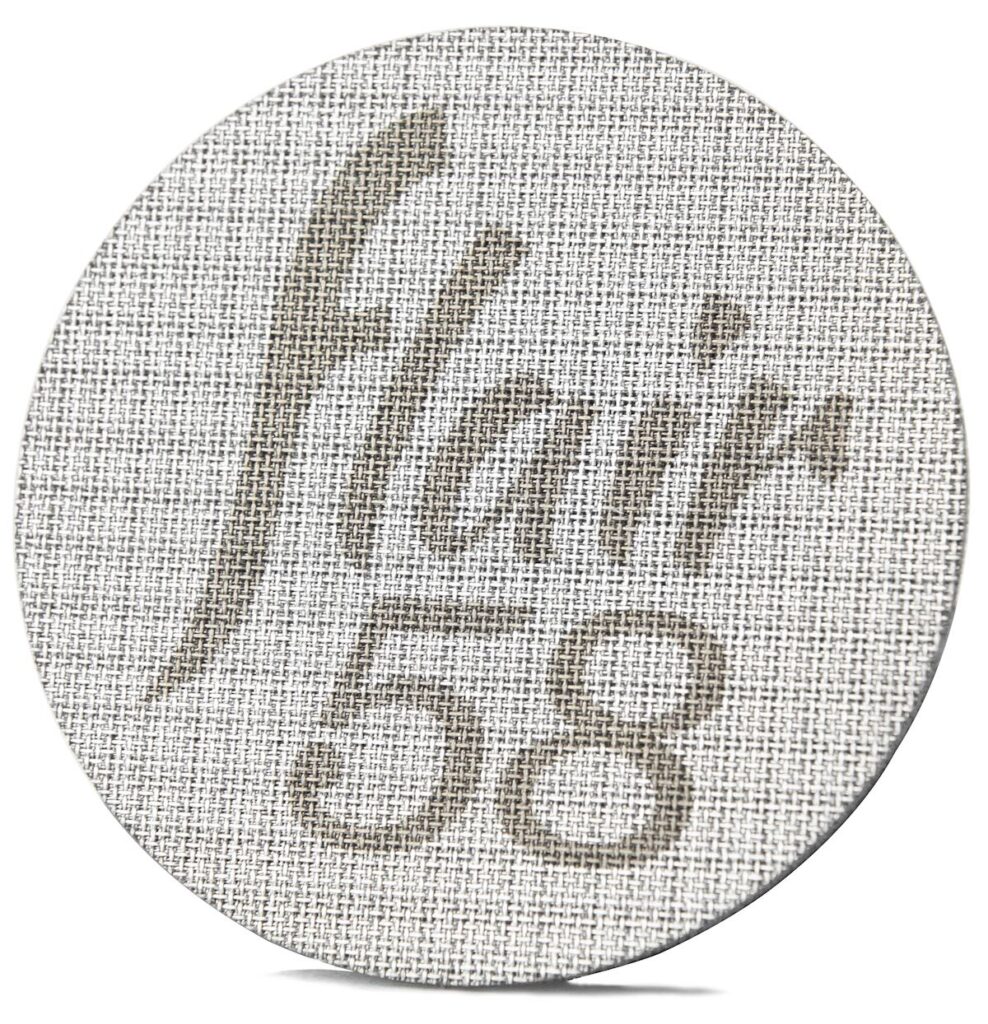
When making espresso, it’s important that the coffee grounds are evenly distributed and packed tightly, otherwise, the water won’t flow evenly through the grounds, resulting in an uneven extraction and a poor-quality shot. The puck screen helps to prevent this by ensuring that the grounds are distributed evenly and packed tightly, which allows the water to flow through the grounds evenly and extract all of the desirable flavors and aromas from the coffee.
Shot | Shot of Espresso
A shot of espresso is a small, concentrated serving of coffee made by forcing hot water through finely ground coffee beans under high pressure. A standard shot of espresso is around 1 ounce and is served in a demitasse cup.
Single Boiler Espresso Machine
A single boiler espresso machine is a type of espresso machine that uses a single boiler to heat water for both brewing espresso and steaming milk. This means that the same boiler is used to heat water to different temperatures, depending on whether it’s being used for brewing or steaming.
The disadvantage of a single boiler machine is that it can take some time to switch between brewing and steaming modes, as the machine needs to adjust the temperature of the boiler to the required level. This can result in a delay between brewing and steaming, which can be frustrating for users who want to make multiple drinks quickly.
Another disadvantage of a single boiler machine is that it can be more difficult to achieve precise temperature control, since the same boiler is used for both brewing and steaming. This means that the temperature of the water can fluctuate more easily, which can result in inconsistent extraction and lower-quality espresso.
However, single boiler machines are generally less expensive and simpler to use than other types of espresso machines, making them a good choice for beginners or those who prefer a simpler brewing process. They are also more compact and take up less counter space, which can be an advantage for those with limited space in their kitchen.
Steaming
Steaming is the process of heating and frothing milk for use in espresso drinks such as cappuccinos and lattes.
Steaming milk for cappuccinos is an art form that takes practice to perfect. It’s the process of heating and frothing milk to create that perfect velvety texture, and it’s an essential component of a delicious cappuccino. Whether you’re a home barista or a professional, learning how to steam milk properly can take your coffee game to the next level. From the temperature of the milk to the angle of the steam wand, every step in the process is crucial to getting the perfect cappuccino. With the right techniques and tools, you can create a creamy, smooth, and perfectly frothed milk that complements the espresso in your cappuccino.
We have the perfect article to check out on How to Steam Milk for Cappuccinos, so let’s dive into the world of steaming milk and create some beautiful latte art!
Tamping
Tamping is the process of compressing the coffee grounds into the portafilter before brewing. It ensures even extraction and helps create a consistent shot.
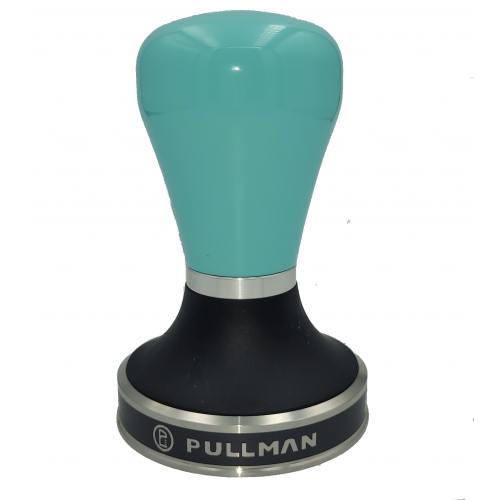
We really like the Pullman Tamper System
Thermoblock
A thermoblock is a type of heating element used in espresso machines to quickly heat water to the optimal brewing temperature. The thermoblock heats the water as it passes through the machine, ensuring that the water is always at the right temperature for making espresso.
What Are Some Common Espresso Drinks
Espresso is a beloved coffee beverage that has captured the hearts and taste buds of coffee enthusiasts around the world. Its rich, concentrated flavor and velvety texture have made it the foundation for many popular coffee drinks. Whether you prefer a simple shot of espresso or a more elaborate concoction, there’s an espresso drink out there to suit every taste. We’ll explore some of the most common espresso drinks and what makes each one unique, so you can choose your favorite and order with confidence at your local coffee shop.
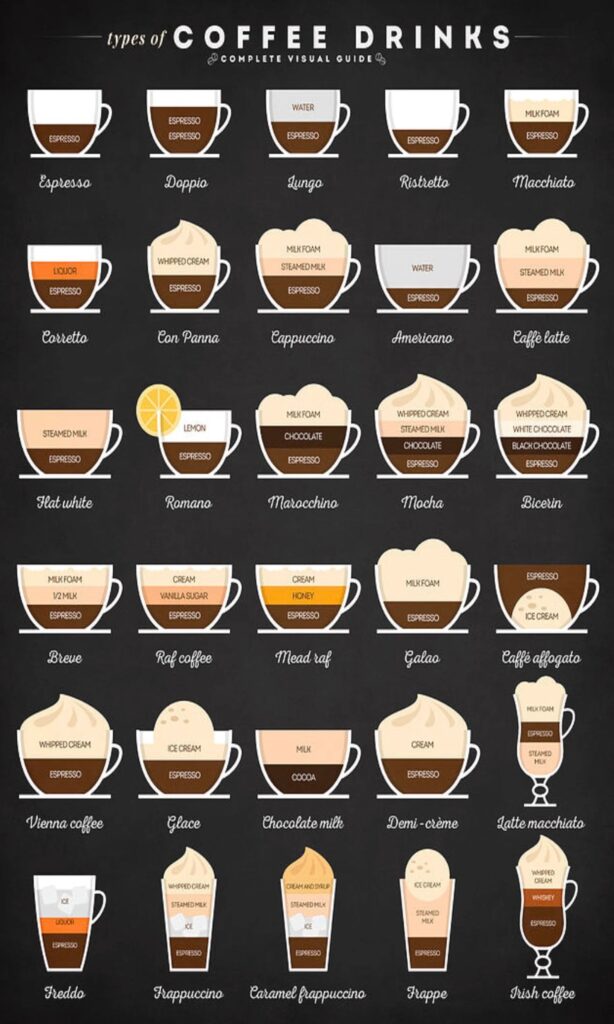
Americano
An Americano is a coffee drink made by adding hot water to a shot of espresso. It has a similar strength and flavor to drip coffee.
Cappuccino
A cappuccino is a popular espresso-based drink made with one shot of espresso, steamed milk, and a layer of frothed milk on top.
Cortado
A cortado is a Spanish espresso drink made with a shot of espresso and an equal amount of steamed milk. It is similar to a flat white or a piccolo latte.
Flat White
A flat white is an espresso drink made with two shots of espresso and steamed milk, similar to a latte but with less milk and more espresso. It originated in Australia and New Zealand.
Macchiato
A macchiato is a shot of espresso with a small amount of milk foam on top. It is sometimes referred to as an espresso macchiato.
Mocha
A mocha is a chocolate-flavored espresso drink made with one shot of espresso, steamed milk, and chocolate syrup or powder.
Latte
A latte is another popular espresso-based drink made with one shot of espresso, steamed milk, and a small amount of frothed milk on top.
Lungo Shot
A lungo shot is a longer, less concentrated shot of espresso made with the same amount of coffee as a regular shot but twice the amount of water. This results in a milder and weaker shot.
Ristretto Shot
A ristretto shot is a shorter, more concentrated shot of espresso made with the same amount of coffee as a regular shot but half the amount of water. This results in a more intense and flavorful shot with less bitterness.
Espresso Machines
What is an espresso Machine?
An espresso machine is a specialized device designed to produce high-quality espresso, a concentrated coffee drink made by forcing hot water through finely ground coffee beans. Espresso machines come in a variety of sizes and styles, from commercial models used in coffee shops to smaller machines designed for home use. Espresso machines typically consist of a water tank, a pump, a portafilter, and a group head.
The water tank holds the water that is used to make the espresso, and the pump is responsible for pressurizing the water to the appropriate level. The portafilter is the component that holds the coffee grounds, and the group head is where the pressurized water is delivered to the coffee. The group head is typically heated to a specific temperature to ensure that the coffee is brewed at the optimal temperature.
Espresso machines are available in a variety of styles, ranging from manual machines that require the user to manually control the pressure and temperature to fully automated machines that can be programmed to brew a specific amount of coffee at a specific temperature and pressure. Some machines also have built-in grinders, which can be a convenient feature for those who want to grind their coffee fresh for each cup.
When choosing an espresso machine, there are several factors to consider, including the type of machine, the size of the machine, the quality of the components, and the price. Additionally, it is important to consider the amount of space available for the machine and the level of expertise required to operate it. With the right machine and a little practice, anyone can learn to make delicious, cafe-quality espresso at home.
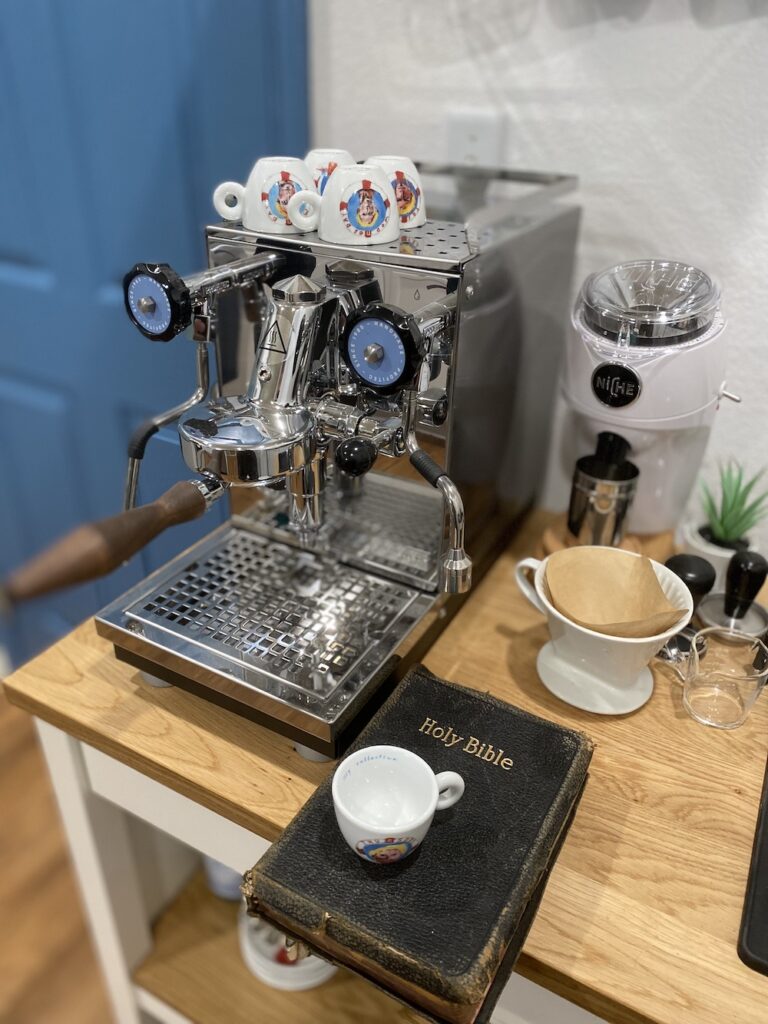
What is the best espresso machine?
There is no one-size-fits-all answer to this question, as the best espresso machine for you will depend on your specific needs and preferences. Some popular options include the Breville Barista Express, the Rancilio Silvia, and the La Marzocco Linea Mini. It’s important to do your research and read reviews before making a purchase to ensure that you are getting the best machine for your needs and budget.
How much is a commercial espresso machine?
Commercial espresso machines can range in price from a few thousand dollars to tens of thousands of dollars, depending on the size, features, and brand of the machine.
How long does an espresso machine take to heat up?
The amount of time it takes for an espresso machine to heat up varies depending on the machine’s make and model. In general, it can take anywhere from 5 to 30 minutes for an espresso machine to fully heat up. It’s important to note that some machines have a pre-heating function that can significantly reduce the amount of time it takes for the machine to reach the ideal temperature.
Are Cheap Espresso Machines Good?
Cheap espresso machines can be a good option for those who are just starting out with espresso or who are on a tight budget. However, it’s important to note that cheaper machines may not have all of the features or the durability of more expensive machines.
What is the Best Espresso Machine For A Small Coffee Shop?
The best espresso machine for a small coffee shop will depend on the specific needs of the business. Some popular options include the La Marzocco Linea Mini,
Espresso Grinders
What Are Espresso Grinders?
Espresso grinders are an essential tool for anyone who takes their coffee seriously. They are designed to grind coffee beans into a fine powder suitable for making espresso. While it may be tempting to skimp on the grinder and opt for a cheaper model, it is important to note that the quality of your grinder can significantly impact the taste of your espresso.
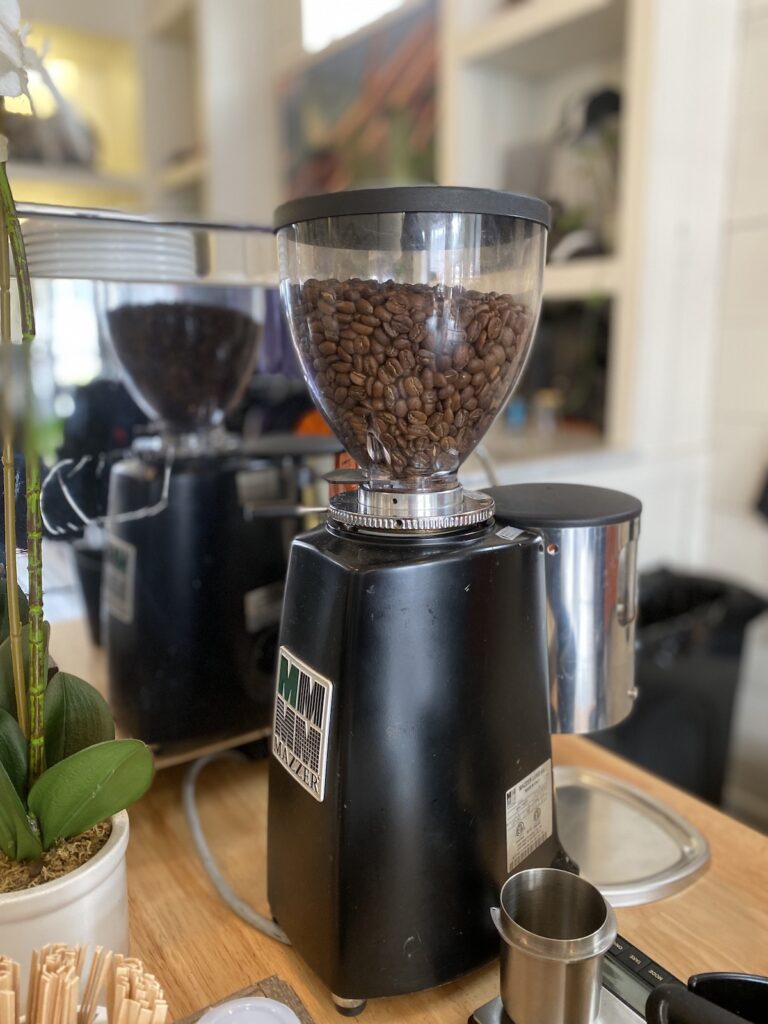
There are two main types of espresso grinders: blade grinders and burr grinders. Blade grinders work by chopping the coffee beans with a spinning blade, while burr grinders crush the beans between two revolving burrs. Burr grinders are generally considered to be superior, as they produce a more consistent grind and allow for greater control over the fineness of the grind.
When selecting an espresso grinder, it is important to consider the type of espresso machine you have. Some machines require a specific type of grinder, such as a doser or doserless grinder. Additionally, the capacity of the grinder may also be a consideration if you are making espresso in large quantities.
Ultimately, the right espresso grinder for you will depend on your individual needs and preferences. Whether you are a casual coffee drinker or a seasoned barista, investing in a quality grinder can greatly enhance the flavor and aroma of your espresso. By selecting the right grinder and taking the time to properly grind your coffee beans, you can enjoy a truly exceptional cup of espresso.
